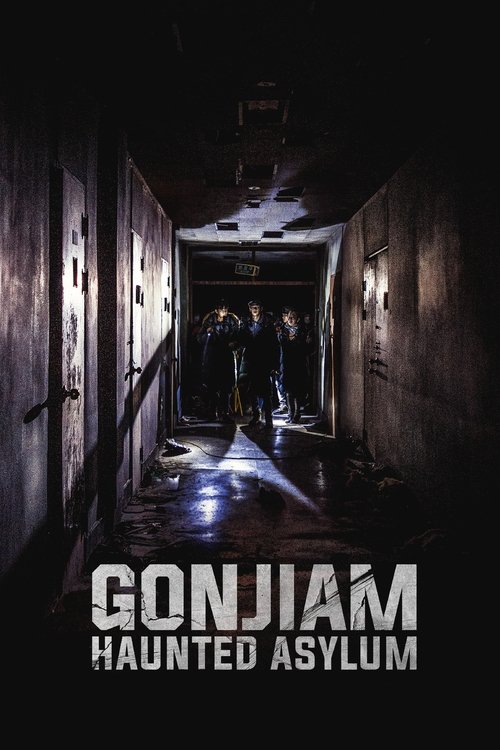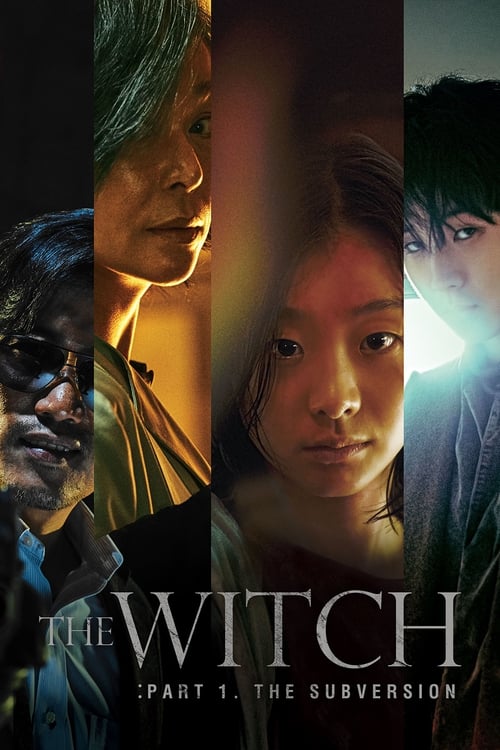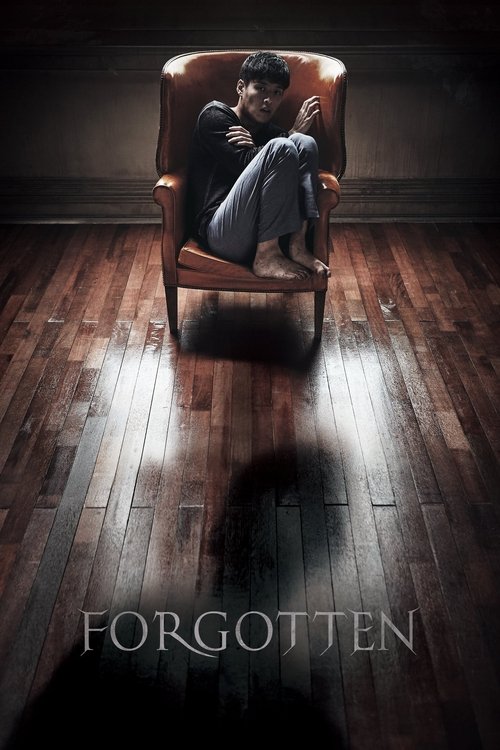
Ask Your Own Question
What is the plot?
Sorry, we aren't able to watch and write up a full detailed plot yet. Check back in a few days.
What is the ending?
In the ending of "Memoir of a Murderer," the protagonist, a former serial killer suffering from Alzheimer's, confronts the reality of his past and the consequences of his actions. He ultimately sacrifices himself to protect his daughter from the true nature of his past and the danger posed by the real killer. The film concludes with a poignant sense of loss and the haunting memories of his violent history.
As the film approaches its climax, we find the protagonist, Kim Byeong-soo, grappling with the fog of his Alzheimer's disease. He is haunted by fragmented memories of his past as a serial killer, and the lines between his present and past begin to blur. The tension escalates when he realizes that a new killer is on the loose, one who has been targeting young women, and he suspects that this killer may be connected to him in some way.
In a pivotal scene, Byeong-soo's daughter, Soo-jin, becomes increasingly involved in the investigation, unaware of her father's dark history. Byeong-soo, driven by a protective instinct, tries to shield her from the truth, even as he struggles to maintain his grip on reality. His internal conflict deepens as he battles the memories of his own violent past while trying to keep his daughter safe.
The climax unfolds when Byeong-soo confronts the new killer, who is revealed to be a man named Joo-young. In a tense and emotional showdown, Byeong-soo realizes that Joo-young is not only a threat to his daughter but also a reflection of the monster he once was. The confrontation is fraught with tension, as Byeong-soo's deteriorating mental state complicates his ability to act decisively.
In a desperate act of sacrifice, Byeong-soo decides to confront Joo-young directly. He knows that he must protect Soo-jin at all costs, even if it means facing the consequences of his own past. In a heart-wrenching moment, he chooses to confront Joo-young, leading to a violent struggle. The scene is charged with emotion as Byeong-soo fights not only for his daughter's safety but also for redemption from his own past.
As the struggle reaches its peak, Byeong-soo manages to overpower Joo-young, but not without sustaining serious injuries himself. In the aftermath, he is left battered and broken, but he has succeeded in protecting Soo-jin. The film captures the weight of his sacrifice, illustrating the depth of a father's love and the lengths he will go to shield his child from the darkness of his past.
In the final moments, Byeong-soo is seen in a hospital bed, reflecting on his life and the memories that haunt him. The film closes with a poignant sense of loss, as he grapples with the reality of his actions and the impact they have had on his daughter. Soo-jin, now aware of the truth about her father, is left to navigate the complexities of her emotions, grappling with the legacy of a man who was both a protector and a monster.
The fates of the main characters are sealed in this emotional conclusion: Byeong-soo, having faced his demons, is left to confront the consequences of his past, while Soo-jin must come to terms with the duality of her father's identity. The film ends on a somber note, emphasizing the themes of memory, identity, and the inescapable nature of one's past.
Is there a post-credit scene?
In the movie "Memoir of a Murderer," there is no post-credit scene. The film concludes with a powerful and emotional ending that wraps up the story of the protagonist, a former serial killer suffering from Alzheimer's disease, as he grapples with his past and the consequences of his actions. The focus remains on the resolution of the main narrative, leaving no additional scenes or content after the credits.
What is the significance of the main character's Alzheimer's disease in the story?
The main character, Kim Byeong-soo, suffers from Alzheimer's disease, which plays a crucial role in the narrative. His memory loss creates a sense of uncertainty and confusion, both for him and the audience. As he struggles to piece together his past, the disease also serves as a metaphor for the fading of his moral compass and the blurring of his memories of being a serial killer. This condition heightens the tension as he tries to protect his daughter and confront the new serial killer, leading to moments of both vulnerability and desperation.
How does Kim Byeong-soo's relationship with his daughter evolve throughout the film?
Kim Byeong-soo's relationship with his daughter, Eun-hee, is central to the film. Initially, he is protective and loving, wanting to shield her from the dark aspects of his past. As the plot unfolds, his Alzheimer's complicates their relationship, as he struggles to remember details and protect her from the new threat. His desire to keep her safe drives many of his actions, leading to emotional turmoil as he grapples with his past and the potential danger she faces. The climax of their relationship is marked by moments of clarity and confusion, showcasing the depth of his love and the tragedy of his condition.
What role does the new serial killer play in Kim Byeong-soo's life?
The new serial killer, who is revealed to be a young man named Joo Young-sik, becomes a catalyst for Kim Byeong-soo's internal conflict. As Byeong-soo recognizes the similarities between himself and Young-sik, he is forced to confront his own violent past. Young-sik's actions trigger Byeong-soo's protective instincts towards his daughter, leading him to take drastic measures to stop the new killer. The presence of Young-sik serves as a haunting reminder of Byeong-soo's former self, creating a psychological battle that drives the narrative forward.
How does the film depict the theme of memory and its impact on identity?
Memory is a central theme in 'Memoir of a Murderer,' particularly through Kim Byeong-soo's struggle with Alzheimer's. The film visually represents his fragmented memories through disjointed flashbacks and moments of clarity that contrast with his confusion. This portrayal emphasizes how memory shapes identity; as Byeong-soo loses his recollections, he also loses parts of himself, including his moral judgment. The film explores how the past can haunt the present, as Byeong-soo's forgotten crimes resurface, forcing him to confront who he was versus who he is now.
What is the significance of the final confrontation between Kim Byeong-soo and Joo Young-sik?
The final confrontation between Kim Byeong-soo and Joo Young-sik is a pivotal moment that encapsulates the film's tension and emotional stakes. It represents the culmination of Byeong-soo's internal struggle between his past as a killer and his desire to protect his daughter. In this intense showdown, Byeong-soo's deteriorating mental state is on full display, as he fights not only for his life but also for his daughter's safety. The confrontation is charged with desperation and fear, highlighting Byeong-soo's transformation from a predator to a desperate father, ultimately leading to a tragic resolution that underscores the film's exploration of memory, identity, and the consequences of one's past.
Is this family friendly?
"Memoir of a Murderer," produced in 2017, is not considered family-friendly due to its mature themes and graphic content. Here are some potentially objectionable or upsetting aspects that may affect children or sensitive viewers:
-
Violence and Murder: The film contains scenes depicting violent acts, including murder, which are graphic and intense. These moments may be disturbing for younger audiences.
-
Psychological Trauma: The protagonist suffers from dementia, leading to emotional and psychological turmoil. This portrayal of mental decline can be unsettling.
-
Dark Themes: The narrative explores themes of guilt, morality, and the consequences of one's actions, which may be heavy and complex for younger viewers to process.
-
Blood and Gore: There are instances of bloodshed and gore that are visually explicit, contributing to the film's overall dark tone.
-
Mature Language: The dialogue includes strong language that may not be suitable for children.
-
Emotional Distress: Characters experience significant emotional pain and conflict, which may resonate negatively with sensitive viewers.
Overall, the film's content is geared towards an adult audience and may not be appropriate for children or those who are sensitive to violence and psychological themes.





































